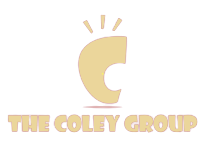- March 9, 2022
E-books are excellent marketing tools that give your business the opportunity to stand out and highlight key differentiators. They’re incredibly valuable, but unfortunately, instead of making e-books a cornerstone of their ongoing marketing efforts, most businesses overlook them. They fail to include e-books because in all too many instances, business owners regardless of the industry or sector they operate in, simply do not understand the power that lies within this amazing marketing tool.
E-books are amazing marketing tools that can help connect you with potential customers at a fraction of the costs you might otherwise incur. In addition to potential new customers, they’re also great for strengthening the ties you have with your existing customer base. If you’re on the fence and still trying to decide if e-books are right for your business or wondering where their value can be found, here are a few helpful tips that will shed light on the situation.


